
Punk in Czech Architecture - Reprise of the Exhibition in the Liberec Spa
Source
Galerie Jaroslava Fragnera
Galerie Jaroslava Fragnera
Publisher
Tisková zpráva
23.06.2016 16:50
Tisková zpráva
23.06.2016 16:50
Petr Stolín
Fránek Architects
H3T Architekti
The reprise of the Punk in Czech Architecture exhibition takes place at the Regional Gallery of Liberec from June 16 to August 28, 2016.
Punk is primarily associated with music and lifestyle and is defined by many adjectives and properties, for which the common point is provocation. The exhibition presents the works of Czech architects that provoke their surroundings. Are they therefore punk?
Punk embodies the paradox of the connection between creative and destructive forces, and we decided to utilize this for the exhibition as well. In fact, punk cannot literally exist in architecture, as it is primarily a destructive and anti-system approach. This is also confirmed by the responses from invited personalities. It is a red thread that more or less penetrates the surface of the expressed reflections. In contrast, the background of the exhibition shows a clear effort to remain within architecture, that is, with what the famous architectural historian Nikolaus Pevsner metaphorically named at the very beginning of his significant book on the history of European architecture: “A bicycle shed is a building; a cathedral in Lincoln is an architectural masterpiece.”
We have approached punk in architecture very loosely; we do not attempt to provide an art historical definition of this term. We do not aim in any way to change the established narrative of the history of architecture. Essentially, we have softened the term "punk" and made it into some kind of glasses through which we look at contemporary architecture and historical buildings. Thanks to this punk perspective, architects from different periods intersect before us, whose stance is ironic, anti-normative, utopian – but always distinct and inspiring in many respects even today.
The guideline for dealing with the heterogeneous, ahistorical mixture is simple: it is about projecting the content of the metaphor of the architectural jargon “did it punk-style” into history. We are very well aware that none of the mentioned authors would consider themselves punks and that creating such artificial groupings is not exactly methodologically correct. However, it is a very good way to emphasize the meaning of the exhibition and to bring excellent architects into the discussion through their works, regardless of the time when they were actively creating.
Therefore, we can without hesitation use “did it punk-style” for both Michelangelo's attectonic columns in the foyer of the Biblioteca Medicea Laurenziana in Florence and Borromini's dynamic space in the Church of San Carlo alle Quattro Fontane in Rome, as well as the bold exposure of cast iron in the reading room of the Bibliotheque Nationale by Henri Labrouste in Paris. There are even more examples from the last century, and to confirm the openness of the chosen approach, we did not hesitate to include works by artists provocatively working with architecture or its elements. And on the other side of the coin, there are artistic actions by architects such as the burning wing of Coop Himmelb(l)au. The core of the exhibition is a selection of several “different” architects on the contemporary Czech architectural scene. However, we are not aiming for a post-manifest; the selected names do not form a closed group. Therefore, it ultimately does not matter whether the resulting work looks “punk” or was made “punk-style.” Whether it is provocative in appearance or in conceptual content, or both simultaneously.
An integral part is the fact that the selection of architects does not claim the slightest ambition to be complete – the opposite is true. We present a rich and enticing menu for personal reflection – we ask the visitor to add or remove according to their esteemed preference.
Punk is primarily associated with music and lifestyle and is defined by many adjectives and properties, for which the common point is provocation. The exhibition presents the works of Czech architects that provoke their surroundings. Are they therefore punk?
Punk embodies the paradox of the connection between creative and destructive forces, and we decided to utilize this for the exhibition as well. In fact, punk cannot literally exist in architecture, as it is primarily a destructive and anti-system approach. This is also confirmed by the responses from invited personalities. It is a red thread that more or less penetrates the surface of the expressed reflections. In contrast, the background of the exhibition shows a clear effort to remain within architecture, that is, with what the famous architectural historian Nikolaus Pevsner metaphorically named at the very beginning of his significant book on the history of European architecture: “A bicycle shed is a building; a cathedral in Lincoln is an architectural masterpiece.”
We have approached punk in architecture very loosely; we do not attempt to provide an art historical definition of this term. We do not aim in any way to change the established narrative of the history of architecture. Essentially, we have softened the term "punk" and made it into some kind of glasses through which we look at contemporary architecture and historical buildings. Thanks to this punk perspective, architects from different periods intersect before us, whose stance is ironic, anti-normative, utopian – but always distinct and inspiring in many respects even today.
The guideline for dealing with the heterogeneous, ahistorical mixture is simple: it is about projecting the content of the metaphor of the architectural jargon “did it punk-style” into history. We are very well aware that none of the mentioned authors would consider themselves punks and that creating such artificial groupings is not exactly methodologically correct. However, it is a very good way to emphasize the meaning of the exhibition and to bring excellent architects into the discussion through their works, regardless of the time when they were actively creating.
Therefore, we can without hesitation use “did it punk-style” for both Michelangelo's attectonic columns in the foyer of the Biblioteca Medicea Laurenziana in Florence and Borromini's dynamic space in the Church of San Carlo alle Quattro Fontane in Rome, as well as the bold exposure of cast iron in the reading room of the Bibliotheque Nationale by Henri Labrouste in Paris. There are even more examples from the last century, and to confirm the openness of the chosen approach, we did not hesitate to include works by artists provocatively working with architecture or its elements. And on the other side of the coin, there are artistic actions by architects such as the burning wing of Coop Himmelb(l)au. The core of the exhibition is a selection of several “different” architects on the contemporary Czech architectural scene. However, we are not aiming for a post-manifest; the selected names do not form a closed group. Therefore, it ultimately does not matter whether the resulting work looks “punk” or was made “punk-style.” Whether it is provocative in appearance or in conceptual content, or both simultaneously.
An integral part is the fact that the selection of architects does not claim the slightest ambition to be complete – the opposite is true. We present a rich and enticing menu for personal reflection – we ask the visitor to add or remove according to their esteemed preference.
Filip Šenk, curator of the exhibition
The English translation is powered by AI tool. Switch to Czech to view the original text source.
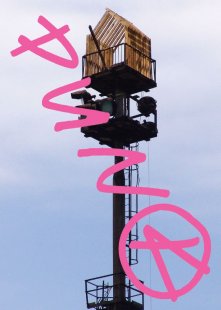
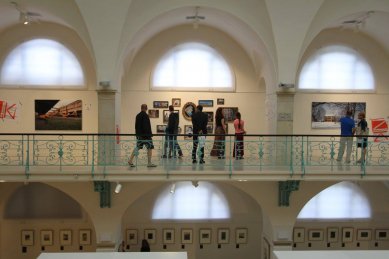
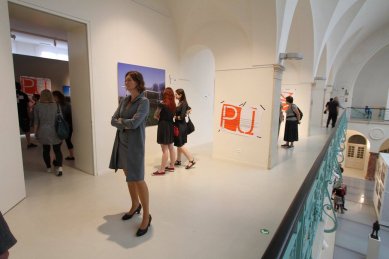
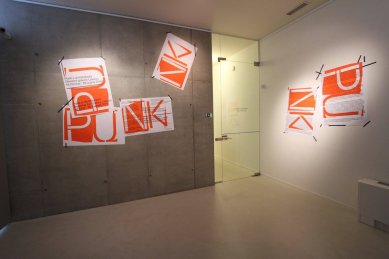
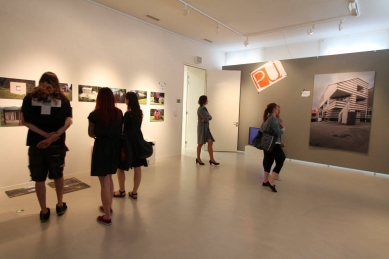
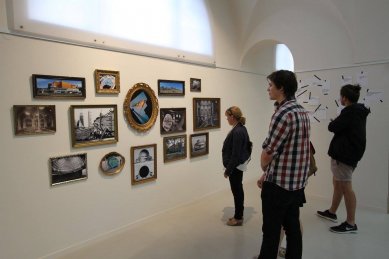
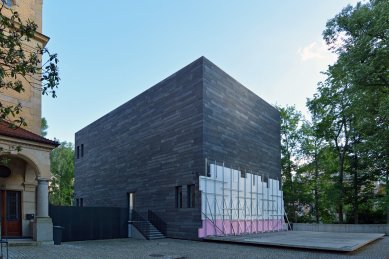
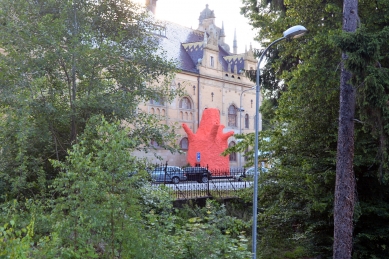
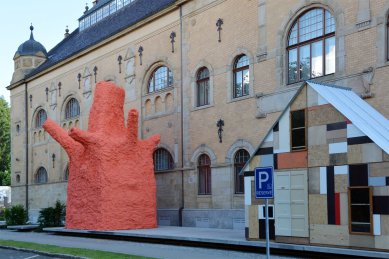
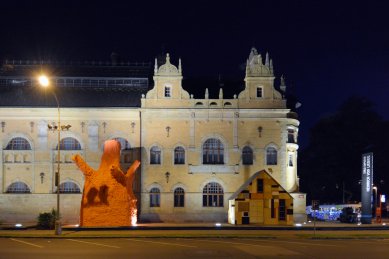
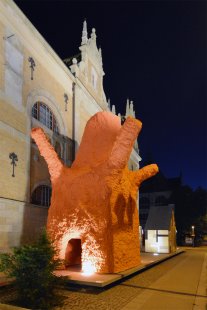
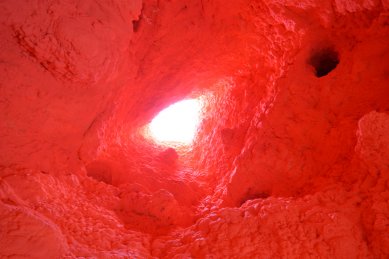
0 comments
add comment







